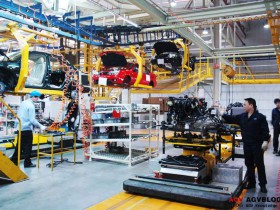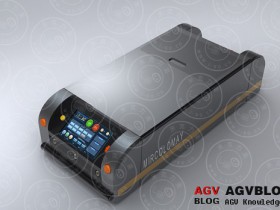AGV Features and Application
AGV has the advantages of high work efficiency, high degree of automation, good flexibility and system expandability, high reliability, high security, etc., and has been widely used in manufacturing, warehousing and logistics industries.
AGV is characterized by wheeled movement. Compared with walking, crawling or other non-wheeled mobile robots, AGV has the advantages of fast movement, high work efficiency, simple structure, strong controllability, and good safety. Compared with other equipment commonly used in material transportation, the active area of the AGV does not need to be installed with fixed devices such as rails and support frames, and is not limited by the site, road and space.
Rookie AGV
Driving mode, power supply mode, control system and navigation technology are the four major scientific and technological genes of AGV. Navigation technology is one of the technological cores of the AGV industry.
The currently commonly used guidance methods include electromagnetic guidance, magnetic tape guidance, ribbon guidance, laser guidance, inertial guidance, visual guidance, GPS guidance, coordinate guidance, and the like.
The commonly used driving methods can be summarized into four types: single-wheel drive, differential drive, two-wheel drive, and all-round drive.
At present, the types of batteries that can be used by AGV are: lead acid / pure lead, nickel metal hydride, nickel cadmium, and lithium ion batteries. In recent years, with the maturity of battery technology, the application of supercapacitors on AGV has gradually been promoted, and with the development of contactless energy transmission technology, related products have replaced the traditional power supply mode of AGV in some areas.
AGV's control system is mainly divided into ground (upper) control system and vehicle (lower) control system. The higher-level control system effectively controls multiple AGVs, optimizes task sequencing, dynamically plans AGV assignments and driving paths, and realizes intelligent traffic management. After receiving the instructions from the higher-level system, the lower-level control system is responsible for functions such as navigation calculation, guidance realization, vehicle walking, loading and unloading operations.





